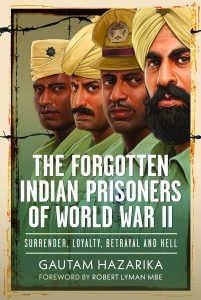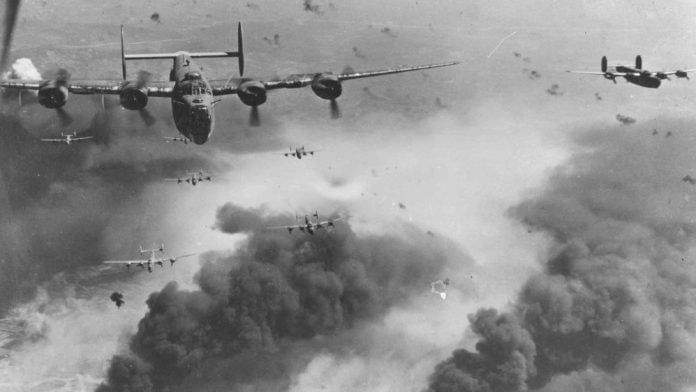Radhakrishnan, Pillai and Natarajan were ready to escape in early May. The timing was driven by many factors, including the fact that at this time Captain Mohan Singh was ramping up volunteering for the INA. Pillai did not want to sign up, but knew that if he refused, there would be unpleasant repercussions.
He had already got himself into trouble by refusing to form the infamous 323 Unit—the Japanese had asked for various work parties to be formed with this exact number of men. Suspecting it was the size of a Japanese unit and fearing they would be incorporated into their army if they did, Pillai and many others refused. But this would not be tolerated for long. He knew he had two choices—escape or face the consequences.
The reversal on 1 May of the ban on civilians travelling to Malaya from Singapore also made things easier, as now they could legally travel even if disguised as civilians. At this very time, when everything was set, the plan almost fell apart as Pillai was transferred to Tyresall Camp near the Singapore Botanical Garden, where all the engineers were being collected. So far, Natarajan and he had been together in Bidadari Camp, so this separation made things difficult.
Fortunately, Captain Mohan Singh asked all officers to collect at Bidadari on 7 May for a speech. Camp discipline had become strict, but this order allowed Pillai to return there a day earlier. Pillai also convinced his Tyersall Camp commandant to delay news of his escape as long as possible.
To mask his own escape, Natarajan left behind what appeared to be a suicide note in which he said he ‘could not stand mental tortures and mental games of MS (Mohan Singh) & party and decided to put an end to his life’. On the evening of 6 May, after a farewell party of mugs of tea sweetened with candy syrup, Pillai and Natarajan walked out of Bidadari.
They were dressed in a dhoti, shirt, khadi Gandhi cap and a long towel left hanging round their shoulders.
Also read: How India must deal with Beijing in its neighbourhood—be the ‘un-China’
The Great Escape from Singapore
They reached Radhakrishnan’s home undetected. The next day, a civilian friend gave them some money, taking the total to $600. The three headed to the train station and bought tickets for Prai and arrived there without incident on 9 May. Passports from Penang Pillai, Radhakrishnan and Natarajan then took the ferry across to Penang Island, and headed to the home of one Ramakrishna Iyer on Beach Road. Natarajan had got to know him during his service in the region some months back, and the others were introduced as teachers from Singapore, all headed to India.
He was very helpful and arranged accommodation in a south Indian Brahmin hotel where they paid Rs 30, including food, for the three days they eventually spent there. They were told the border was infested with bandits, so sneaking across was not possible. Besides, Natarajan had fallen ill and would not have been able to make it even if it was safe. To go by train, they needed passports issued by the Japanese.
These officially cost 25 cents each, but they had to bribe the office clerk and the peon $5 each. Their photographs were taken by a Chinese man who had a shop opposite the office and to whom they also paid $5. To help obscure their records, he promised that the photographs would fade within thirty days, making them unrecognizable.
When filling out the forms, they gave fictitious names and an address in a bombed-out area of Penang that could not be verified, and claimed to be traders. They got the passports easily and left Penang on 13 May; later that day, they took the train to the border crossing at Pedang Besar. As they arrived in the evening, they spent the night at the station and the next morning, went on a freight train to Haadyai, their first stop in Thailand.
 This excerpt from ‘The Forgotten Indian Prisoners Of World War II’, by Gautam Hazarika, has been published with permission from Penguin Publications.
This excerpt from ‘The Forgotten Indian Prisoners Of World War II’, by Gautam Hazarika, has been published with permission from Penguin Publications.






